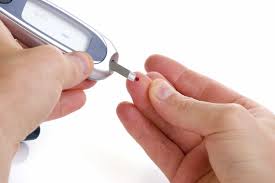Caring For a Diabetic Wound.
Diabetic wounds.
Diabetic wounds on the feet are especially concerning as sensation is reduced and the injury may not be felt. Properly caring for a diabetic wound is extremely important.
Regardless of how small or superficial any diabetic wound need prompt medical attention. Caring for a diabetic wound may help avoid infection and promote healing.
1 in 2o in the UK is diabetic!
One in 20 of the UK population is being treated for diabetes according to Diabetes UK which also estimates 850,000 people have the condition and are undiagnosed.
The most common type, affecting 85%-95% of those with diabetes, is type 2 diabetes where cases have increased significantly in the UK. Experts attribute this rise to diet and obesity.
Diabetes is a long-term condition where the body can’t use glucose, or sugar, correctly. Type 2 diabetes is treated with medications such as semaglutide (more here) that work to increase insulin excretion when blood sugar is high, along with losing weight, eating well, and exercising.
Diabetes can cause a number of complications, including some that make it harder for wounds to heal. These include:
- Nerve damage (neuropathy). When you have neuropathy, you may not feel the pain of a cut or blister until it has grown worse or become infected.
- Weakened immune system. When the body’s natural defences are down, even a minor wound may become infected.
- Narrow arteries. People with clogged arteries in their legs are more likely to develop wounds, have severe wound infections, and have problems healing. Narrowed arteries make it harder for blood to get to the wound. Blood flow promotes healing, so anything that blocks it can make wounds more likely to become infected.
Caring for a Diabetic wound
If you notice a wound, no matter how small, take the following steps to avoid infection and promote healing:
- Take care of the wound immediately. Even a minor wound can become infected if bacteria are allowed to build up after injury.
- Clean the wound. Rinse the wound under running water to remove dirt.
- Apply antibiotic ointment to prevent infection, and cover the wound with a sterile bandage.
- Ensure someone changes the bandage daily, and use soap to clean the skin around the wound.
- Make sure someone checks daily for any signs of infection.
- See your doctor. Don’t take any chances – get a doctor to check minor skin problems or areas of redness before they turn into larger problems. It is easier to treat a minor skin problem before it becomes serious.
- Keep off it as it heals. The bottom of the foot is a very common place for people with diabetes to develop calluses and blisters. It is important to keep pressure off the sole as much as possible to give it a better chance of healing.

